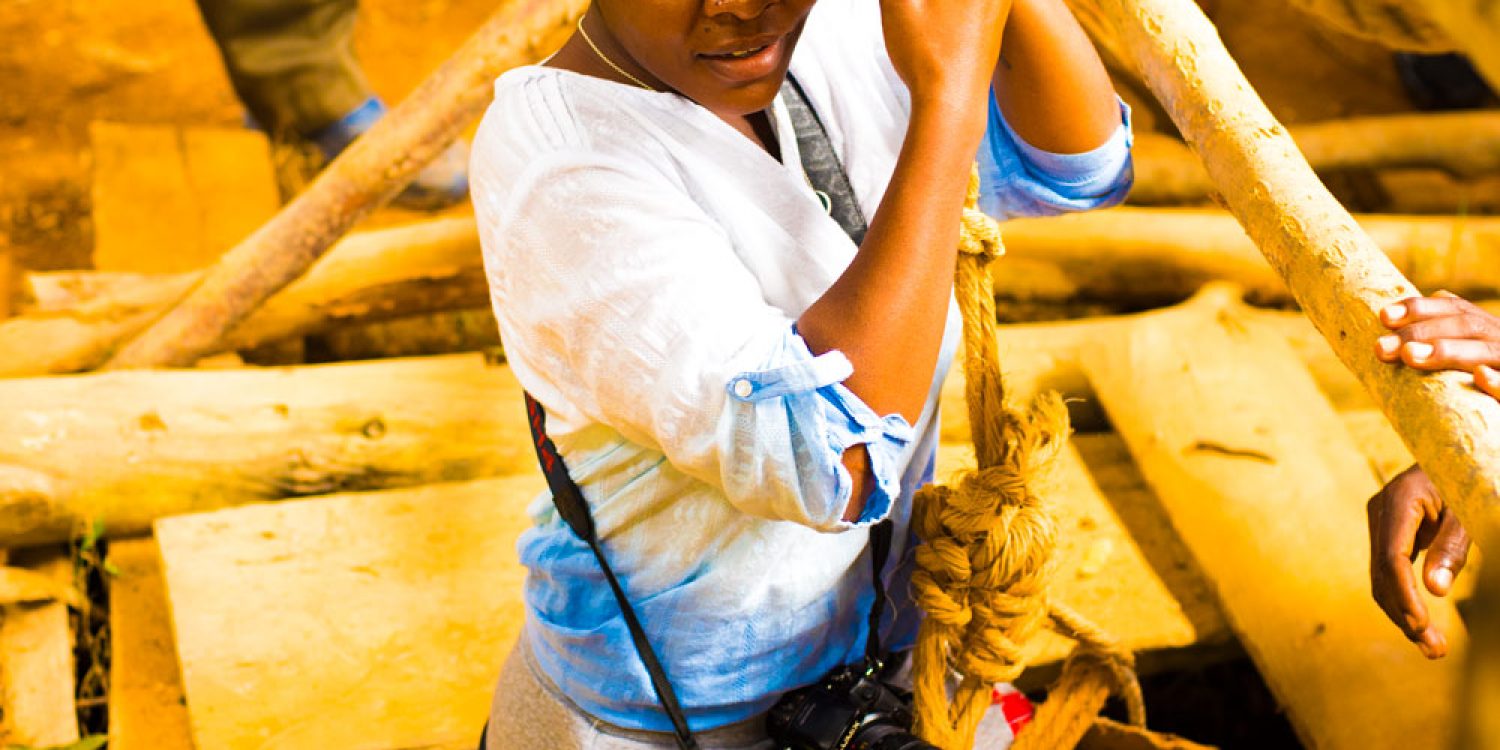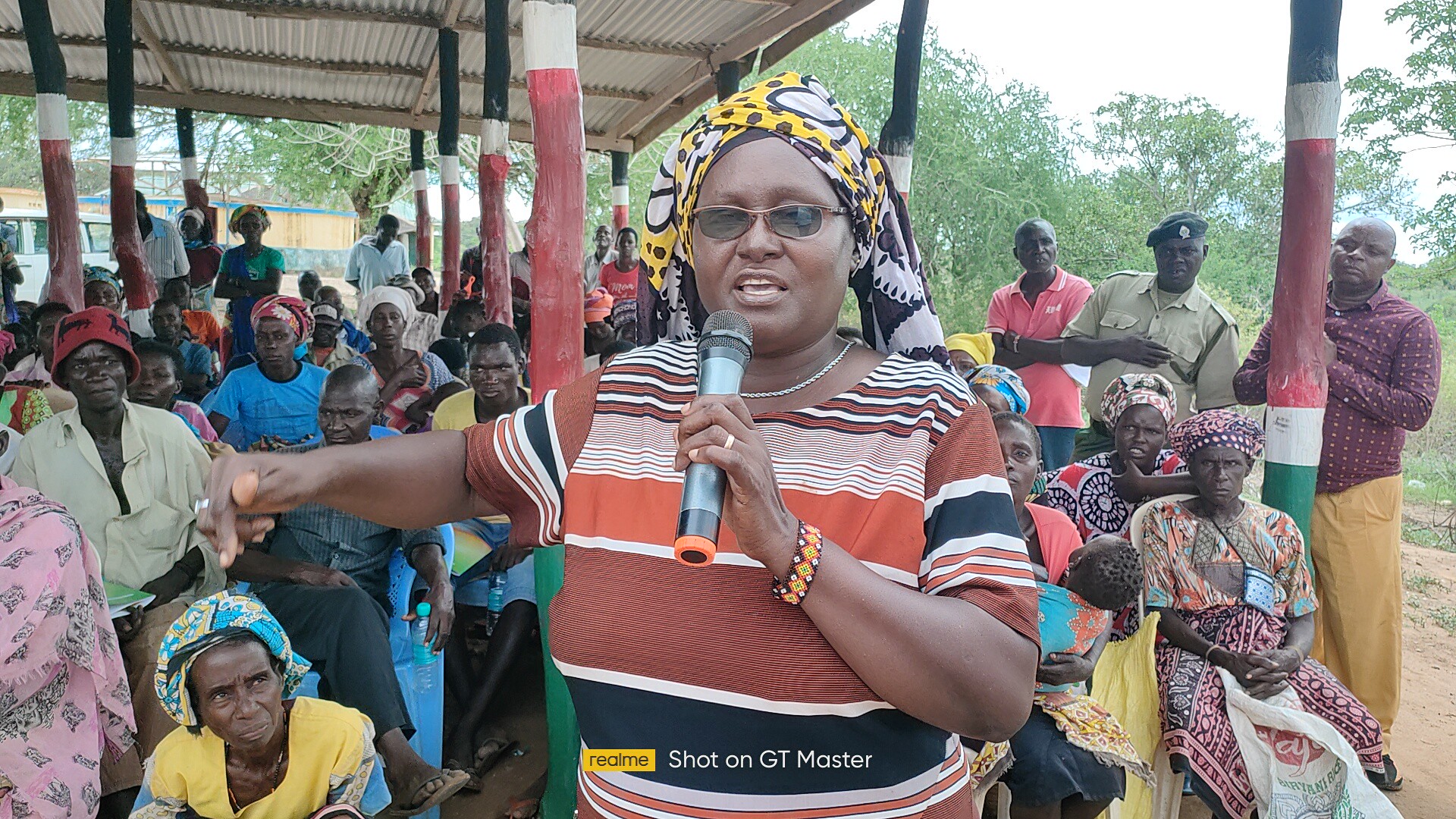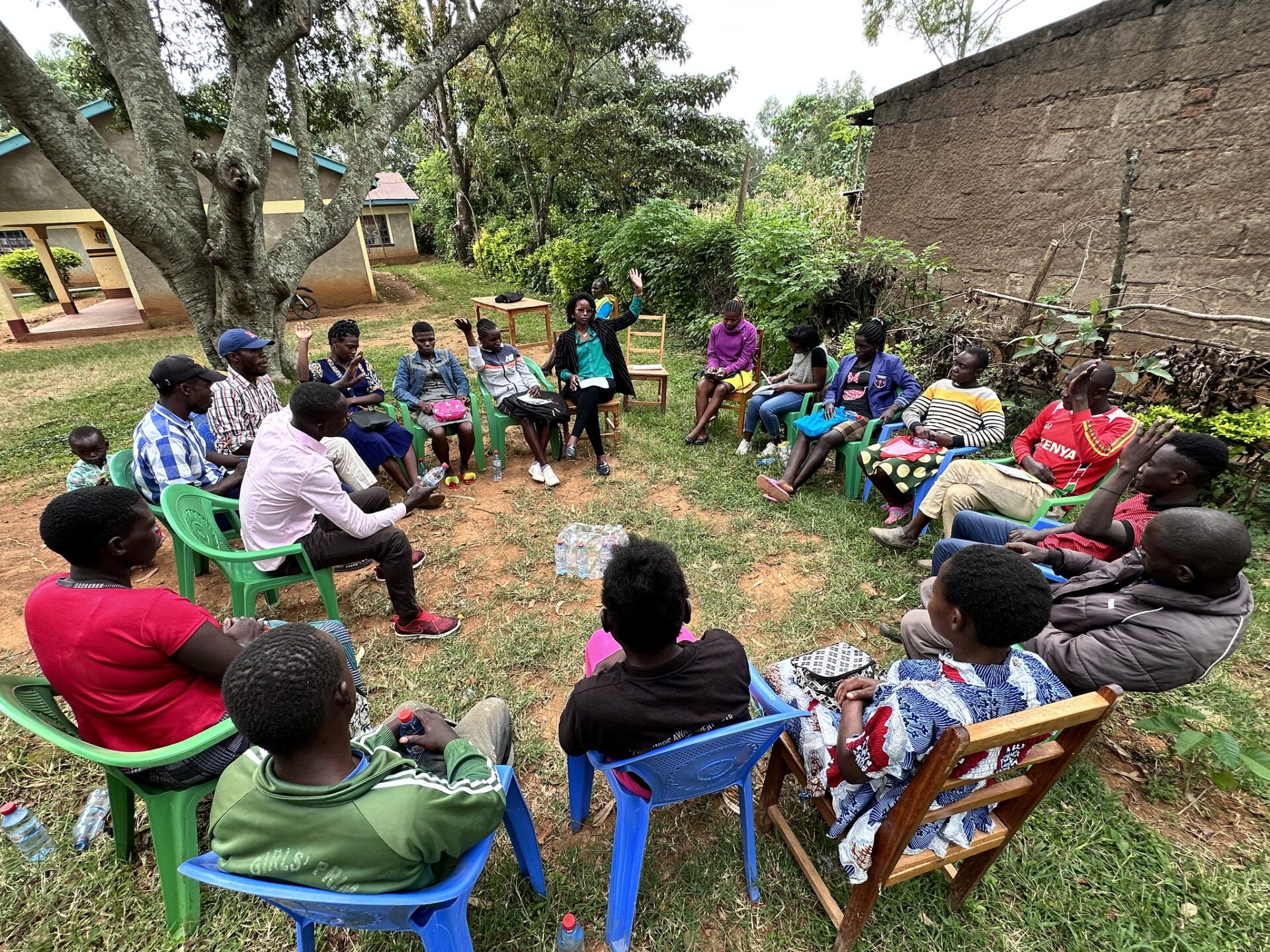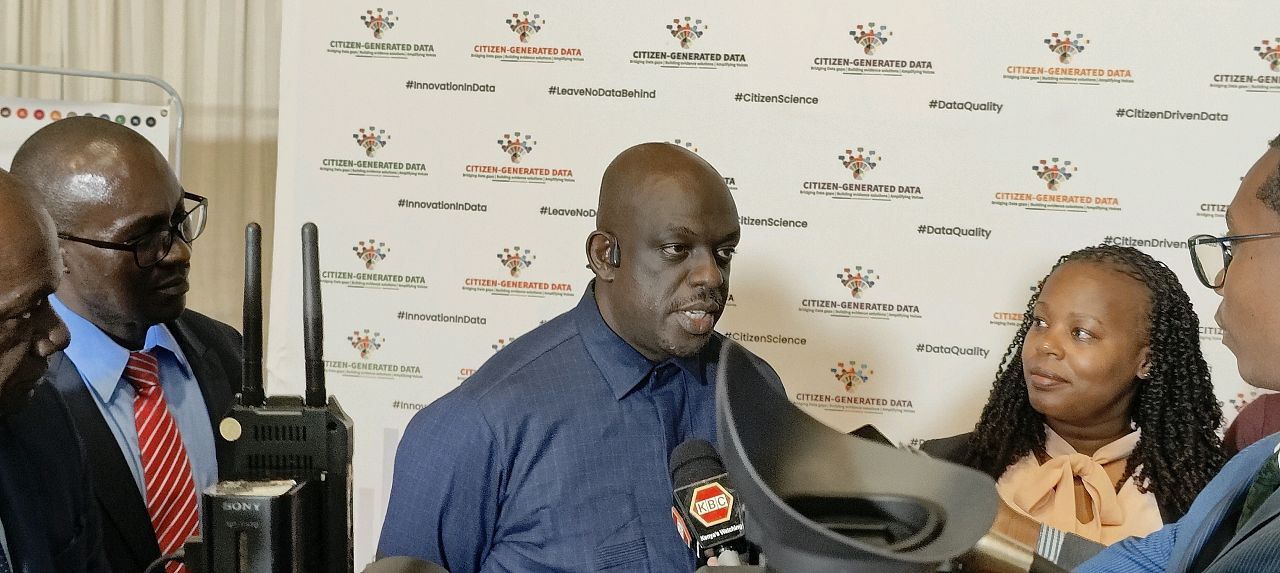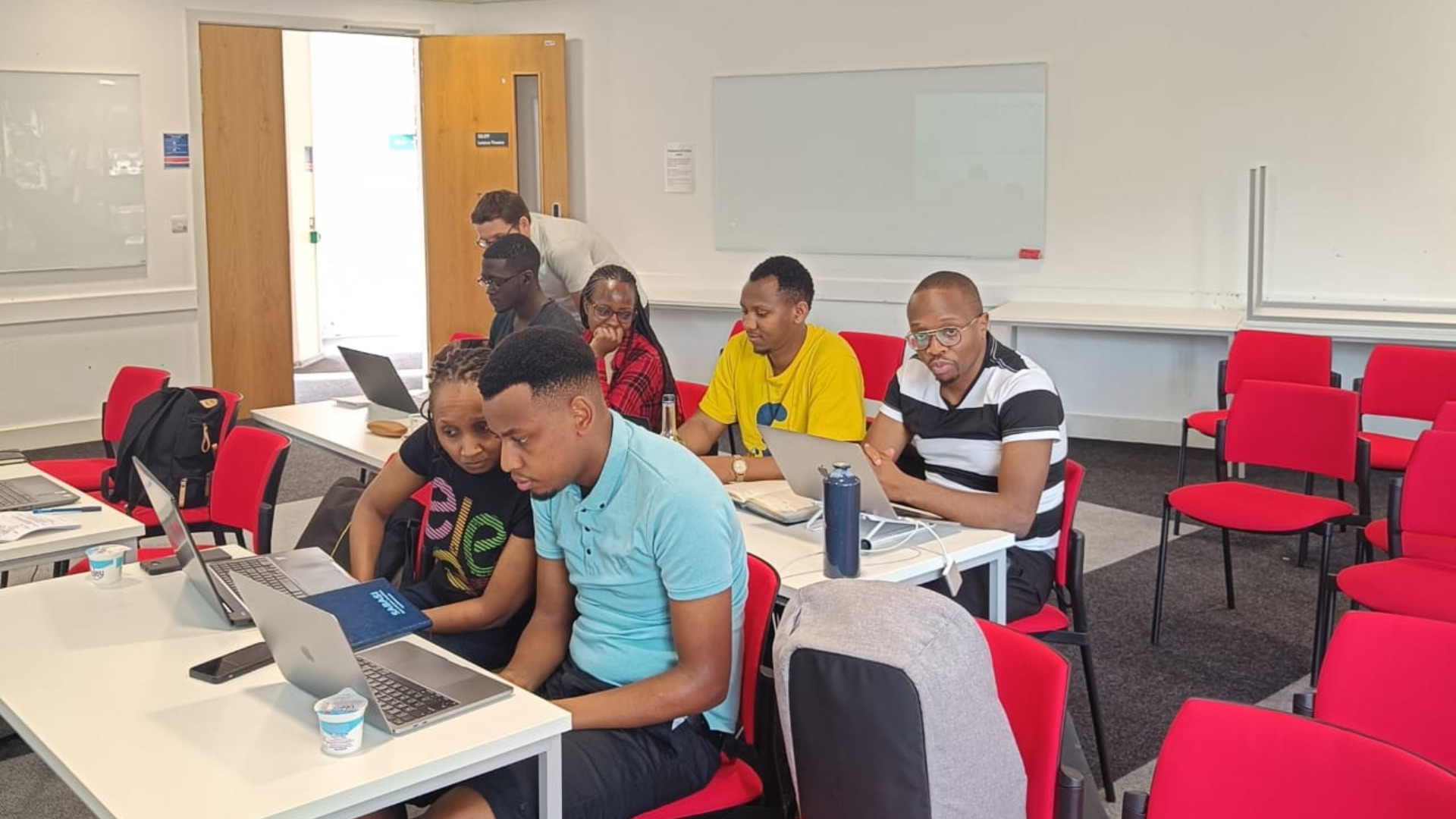In all mining areas, we found that mining work, in general, is gender-segregated – women will not go down a mine shaft to do the actual mining. In most areas, women are only limited to working on sorting the gravel that makes up the crumbs of the mining exercise. The men, who went into the shaft, get to work on the large rocks which are more likely to yield better payloads. In some areas, women are restricted to only cooking and supporting the men and they are not allowed to participate in the main process.
In Vihiga and Migori counties, our fearless Communications Officer Prolyne bravely ignored the norms and ventured into the male-only spaces. She wanted to see what life was like inside the mineshafts and to see what an actual “gold vein” looks like. After much pleading and enduring snide quips from the miners, she was lowered down the shaft with one foot in the bucket.
In Migori, she ventured into a rickety building that was filled to the rafters with hundreds on young miners – all men. Inside that building was a 2000 ft Mine in which hundreds of young men worked in 24-hour shifts. On this day, all of them were in there waiting for bags of their gold ore to be brought out of the mine.
The men there were in complete shock and some started going crazy and even throwing sexual advances at her. In that area, culturally, mines are no place for women. They believe women are not strong enough and they are at risk of violence inside the mines.
“It was scary and thrilling at the same time to do what these miners do – especially considering that woman don’t ever go down there.”
Prolyne Wamboi, Open Institute Media Team
Legally, through the Kenyan Mining Act, 2016 the use of mercury in extracting gold has been prohibited. In addition, Kenya recently signed the Minamata Convention which is “an international treaty designed to protect human health and the environment from anthropogenic emissions and releases of mercury and mercury compounds”. Yet, women ASMs are still using the dangerous metal because no other alternatives of extracting the gold have been introduced.

In general, the key issues hindering the full participation of women in the extractive industry in Kenya are:
- Discriminatory practices around land ownership. Which results in ineligibility to inherit their father’s properties. It is brought about by cultural perceptions once they get married; that makes it hard for them to gain a license, sell or rent their land for mining purposes.
- Risk of physical violence, sexual and gender-based violence if they work inside the mines.
- Lack of sufficient knowledge in the extractive industry.
- Under-representation at the policy making level in discussions on the extractive industry.
Women in Kenya account for almost half of the population. Therefore, it is essential for them to meaningfully participate in the industry; in order to address the key issues they face working in the extractive industry. They should also fully benefit from the sector.

